Unlocking Creativity with AI: Revolutionizing the Ideation Process for Car Designers on a VW Porsche using Depix.ai
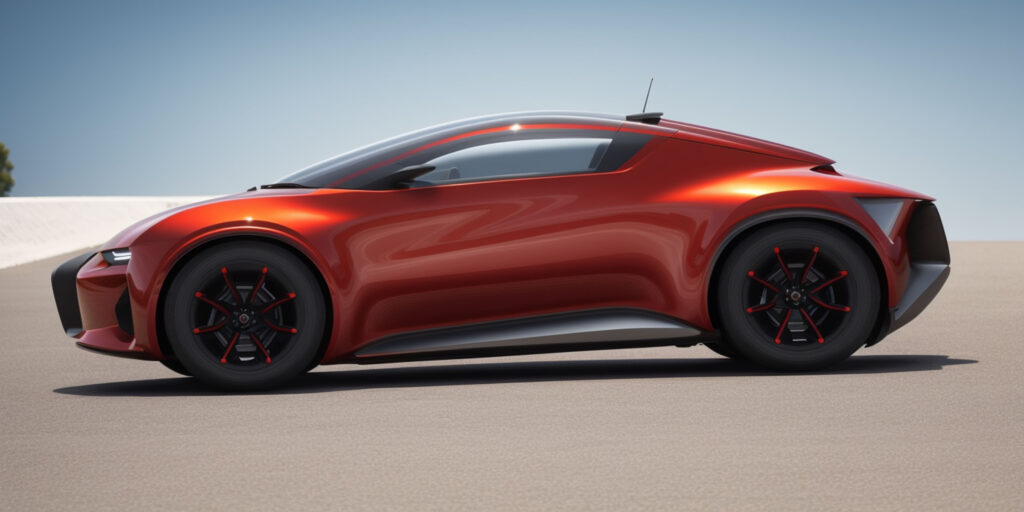
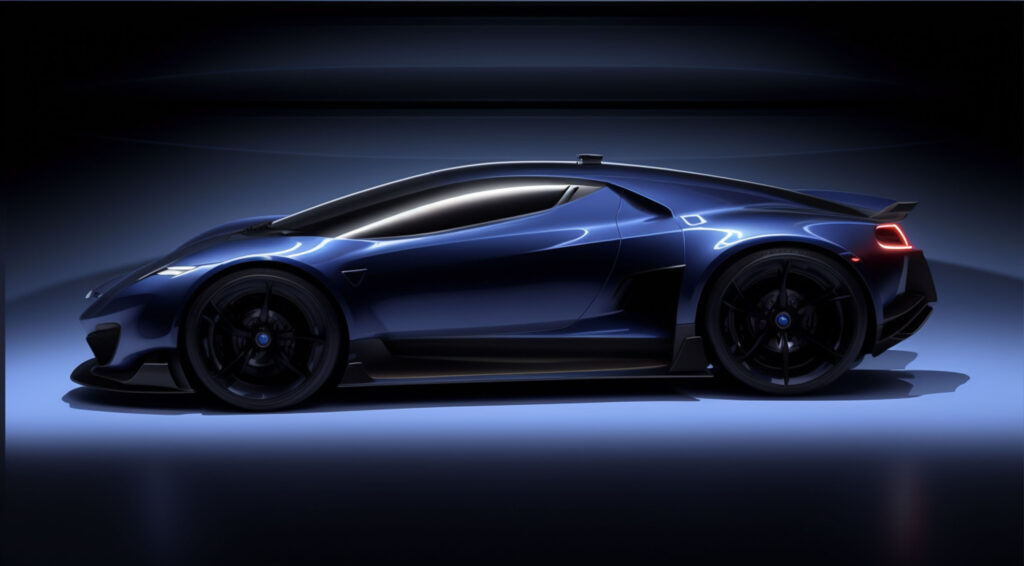
As professional car designers, we are always on the hunt for tools and processes that allow us to streamline our work while enhancing the creative process. The emergence of AI-powered tools has introduced a new realm of possibilities, but how can they truly fit into the workflow of a designer? In this feature, I explore how AI is revolutionizing the ideation phase of car design, using my personal experiments as a case study.
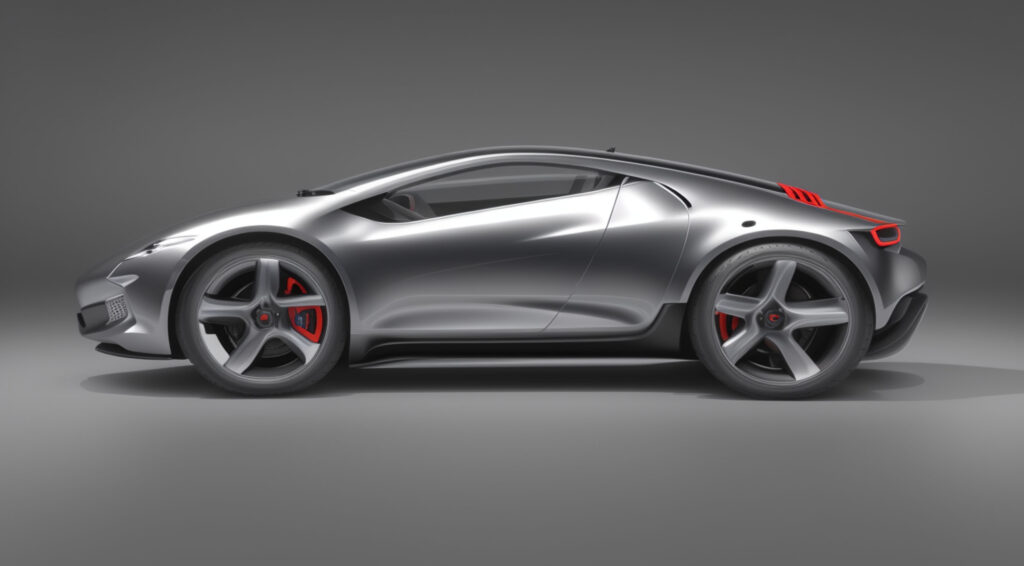
The Challenge of Ideation: From Doodles to Design
Ideation has always been one of the most dynamic yet challenging phases of the design process. Personally, I often find myself scribbling rough sketches or “doodles” in ballpoint pen during projects—random bursts of creativity that are unrelated to the immediate task at hand. These sketches often contain interesting ideas, but conventionally, they would remain tucked away in drawers, undeveloped and unseen. They’re too rough to present to a client and not detailed enough to serve as anything more than loose inspiration.
Traditionally, if a relevant project came along, I would revisit these sketches for ideas. However, turning those raw sketches into something presentable or comprehensible—especially for non-creatives—required substantial time and effort, often involving Photoshop, advanced renderings, or even 3D modeling. It was a lengthy and labor-intensive process, with no guarantee of alignment with the client’s preferences.
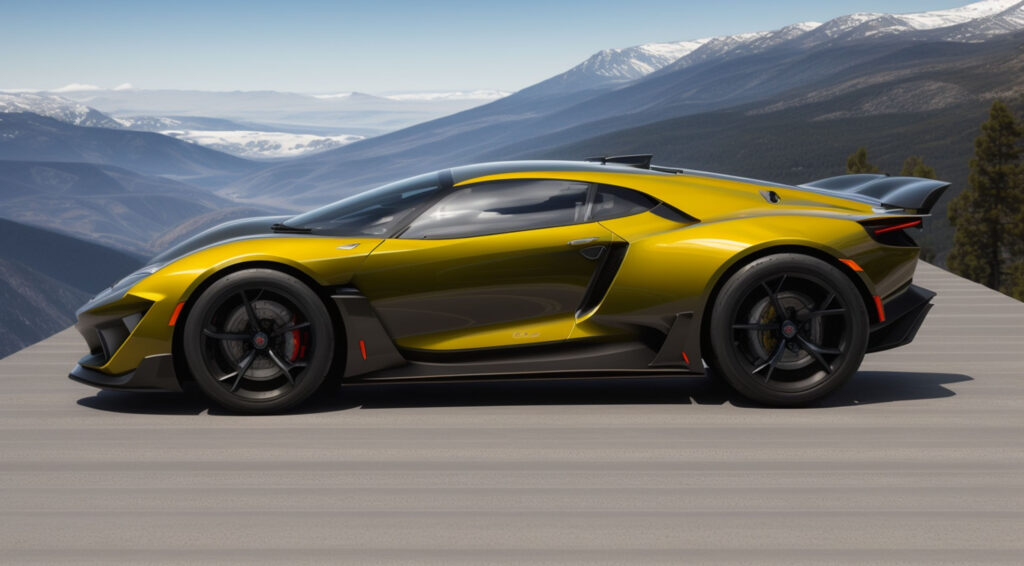
Enter AI: Depix.AI as a Creative Partner
With the introduction of Depix.AI, the gap between raw ideation and presentable concepts has dramatically shrunk. Depix enables me to import my rough sketches—whether directly or after scanning them—and quickly transform them into photo-realistic renders. The system offers flexibility to edit out unwanted elements and fine-tune inputs, allowing me to explore my ideas in a polished and professional way.
One of the most valuable aspects of Depix is its ability to take my sketches and generate a variety of visual interpretations, opening up avenues for creative refinement. By tweaking settings and prompts, I can create multiple iterations of a concept in minutes. This has revolutionized how I brainstorm, enabling a flow of creativity that evolves naturally and rapidly.
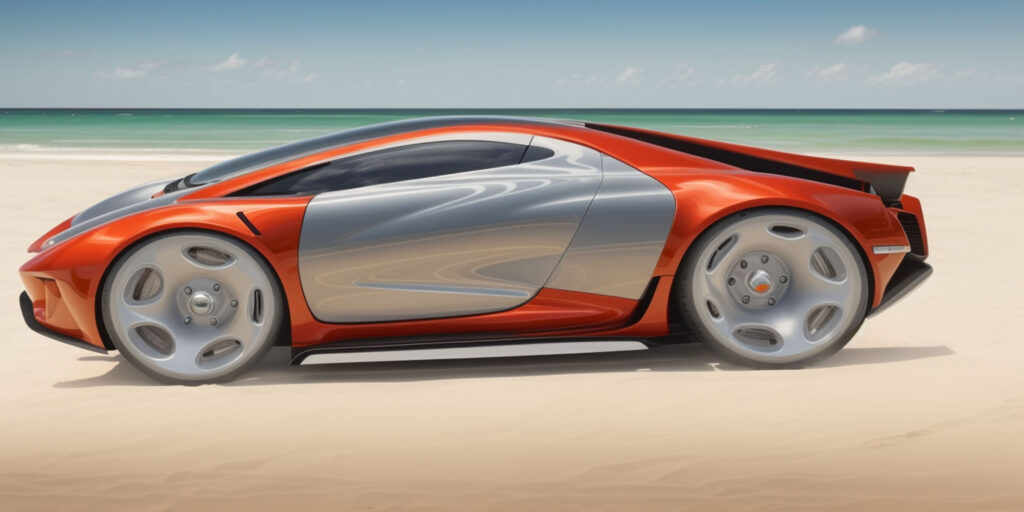
A Case Study: Imagining a New Porsche-VW Collaboration
To put Depix through its paces, I embarked on a “what if” exercise: What if the Volkswagen Group, which owns Porsche and Lamborghini, revisited the concept of an affordable sports car? Historically, Volkswagen has dabbled in this space with the VW-Porsche 914 and, later, the Porsche 924—models that sought to bridge the gap between affordability and sportiness. But today, neither Porsche nor Lamborghini offer anything that caters to a young, sporty demographic.
Armed with this hypothetical brief, I started doodling ideas that drew inspiration from Porsche, Lamborghini, and Volkswagen. The result was a brainstorming session that explored mid-engine layouts, varying levels of brand aggression, and the balance of Porsche identity versus a more Volkswagen-centric approach.
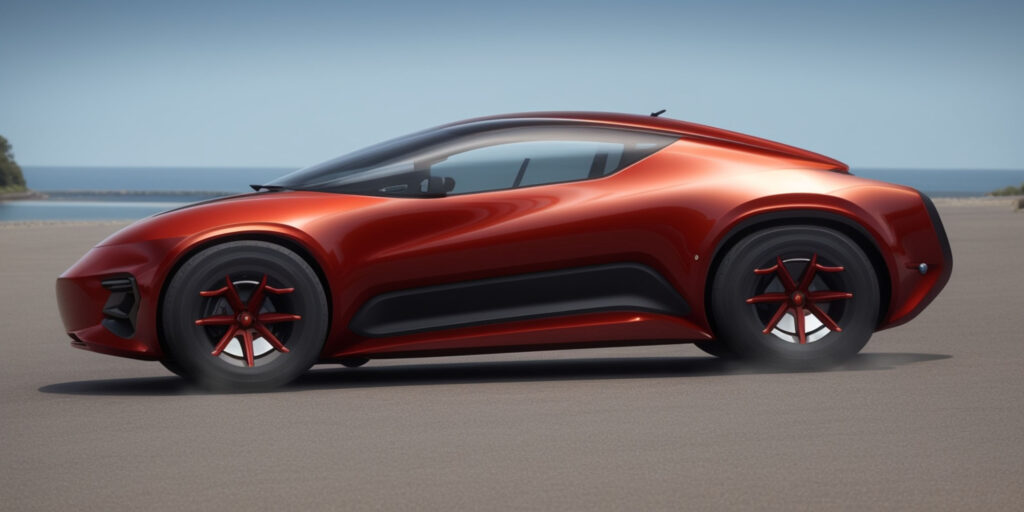
From Sketch to Wall: The AI Workflow in Action
Once I had a base set of sketches, I imported them into Depix.AI. Within moments, the tool produced photo-realistic renderings that I could use to further explore my concepts. These initial results were motivating enough to print out and hang on my studio wall. With those visual prompts as a backdrop, I created new sketches, refining my ideas and testing different directions.
The process was fast and intuitive, allowing me to focus on creative intent rather than technical execution. I played with proportions, detailing, and brand cues, iterating quickly on areas like the aggressiveness of the design and integration of brand DNA. Depix’s ability to generate polished results gave me the confidence to share these early ideas with peers and clients—something that would have been impossible with raw sketches alone.
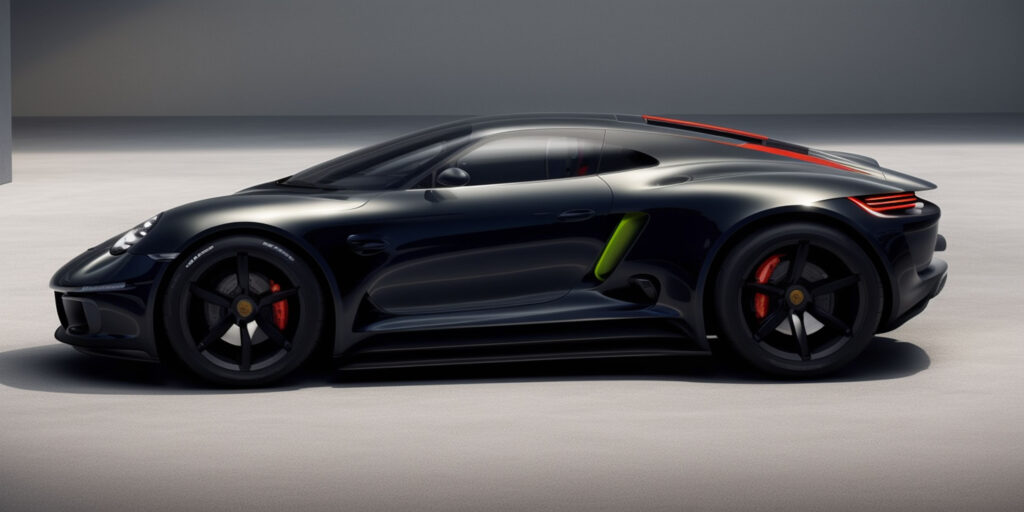
The Advantages of AI in the Design Workflow
What stood out most during this experiment was the sheer efficiency of the process. If I had attempted this using conventional tools, I would have needed to invest significant time in Photoshop and possibly even 3D modeling software. In a traditional workflow, much of this effort might have been wasted if the client rejected the initial direction. With Depix, however, the turnaround time for generating and refining ideas was reduced to hours rather than days.
Moreover, the ability to visualize ideas in a way that non-designers can understand is a game-changer. Clients often struggle to interpret raw sketches, but the photo-realistic renders generated by Depix allowed them to engage with the concepts on a much deeper level. This not only speeds up decision-making but also fosters a more collaborative and aligned design process.
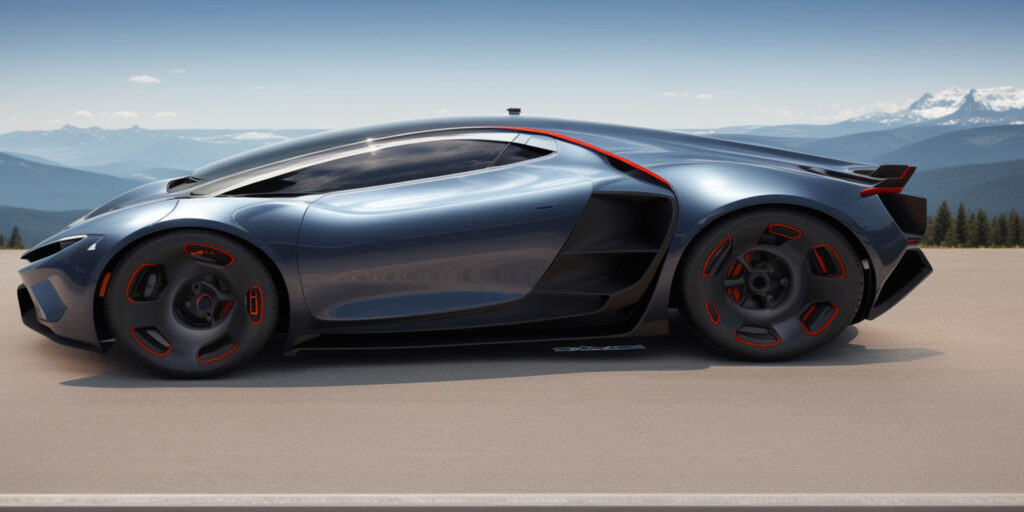
The End Result: A Dynamic Evolution of Ideas
By the end of this process, I had a wall full of presentable, inspiring, and cohesive images. The ability to incrementally refine and develop ideas into something more befitting of the brief was unmatched. Whatever concept would eventually be chosen, I knew I could seamlessly transition from 2D development into 3D modeling, staying true to the essence of the original sketches.
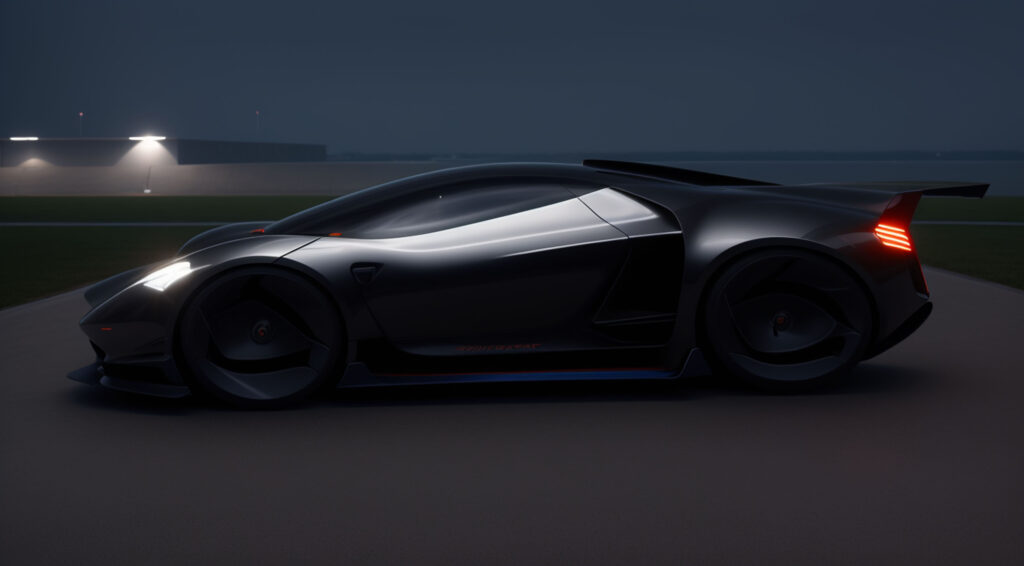
A New Era for Design Ideation
This experiment with Depix.AI demonstrates how AI tools can fundamentally enhance the ideation phase for car designers. By bridging the gap between rough sketches and polished visualizations, tools like Depix empower designers to iterate quickly, think creatively, and present ideas with clarity and professionalism.
As we continue to explore the integration of AI into the design process, it’s clear that these tools are not just gimmicks—they are powerful partners that can amplify our creative potential. For professional car designers, embracing AI is not just about efficiency; it’s about unlocking new ways to innovate and push the boundaries of what’s possible.
In a field where ideas are currency, having the ability to quickly visualize and iterate on concepts is invaluable. The combination of human creativity and AI capability marks a new chapter in the evolution of car design. So, what will you design next? Let the tools inspire you.



























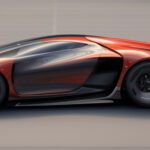















































































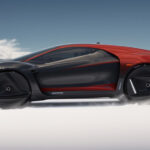






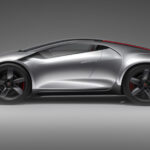
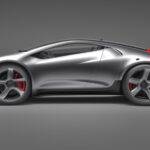

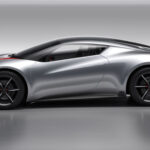
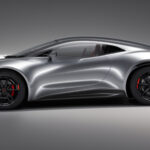

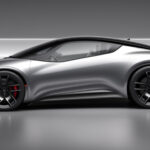


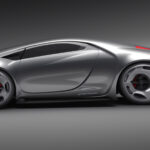


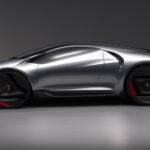

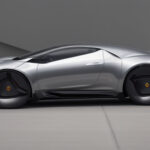


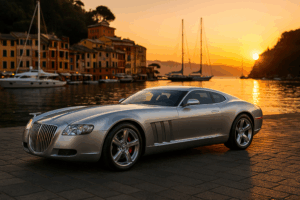


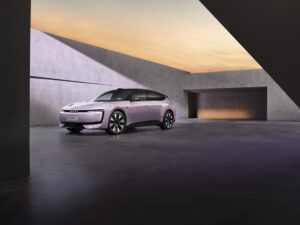
AI is producing better car designs than humans!